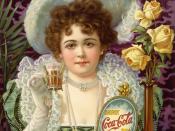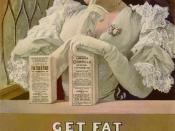In New Zealand in 2000 drink driving caused 23% of fatal car crashes. The Land Transport Safety Authority has been trying to reduce deaths and injuries as a result of drink driving by advertising in a range of media. For my research assignment I decided to investigate the proposition that the language and visual features in drink driving advertising are used to promote memorability and impact. I decided to focus on print advertisement and starting collecting advertisements from the Herald, AA Directions magazine and The Listener as well as a number of other sources where I found advertisements. I collected over 15 advertisements and noted 3 billboards. I also visited the LTSA web site and researched the strategy behind the campaign. I went through and analysed each for written and visual techniques. I looked at what techniques were most often used to appeal to readers and to encourage their compliance.
Drink driving advertisements are typically direct messages that link to dominant images. Sometimes the images show the direct effects of drink driving but more often they show something more subtle; old injuries, pictures of a prison or prison cell or a coffin for example. The LTSA use what is known as the Victorian advertising model in drink driving advertisements where they use a successful strategy as employed by the state of Victoria in Australia. They employ several strategies to get their message across. They frequently use emotion and shock in a way that leaves drivers thinking "it could happen to me." One example from a Women's Weekly has an advertisement with a story with emotive and direct phrases in simple sentences such as "I killed my husband" and "my own daughters won't even talk to me." This use of syntax adds to the direct message. Further use of direct communication...


